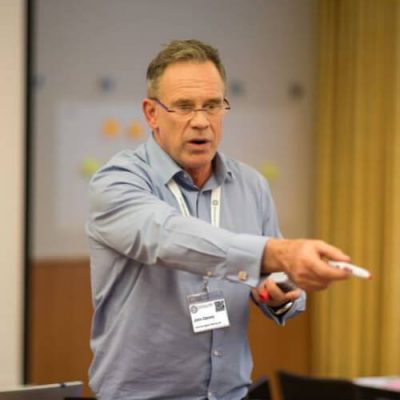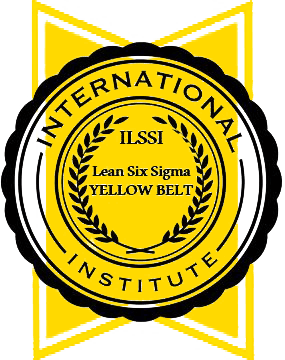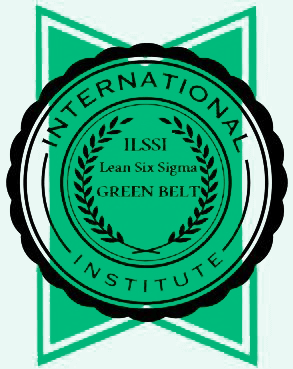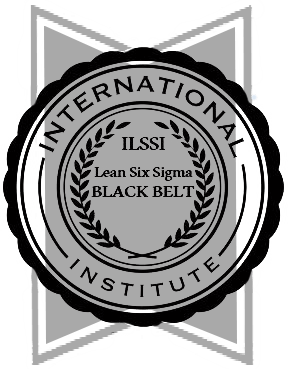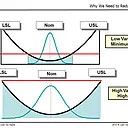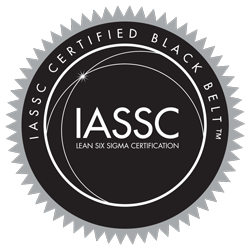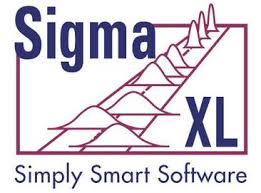As I walk through any value stream – and I walk a lot every year as I visit many companies in many countries — I ask the following very simple questions about each step:
Is the step valuable? Or would the customer be equally happy with the product if the step could be left out? If the latter is the case, the step is at best what Toyota would call “incidental work” and what I often call Type One muda. Get rid of it as soon as you can!
Is the step capable? Can it be conducted with the exact same result every time? This is the starting point, but never the end point, for Six Sigma.
Is the step available? That is, can it be performed whenever it is needed? Or is the step subject to breakdowns and varying cycle times so you are never sure what will happen? This is the starting point, but again not the end point, of Total Productive Maintenance.
Is the step adequate? That is, is there capacity to perform it exactly when the value stream requires it? Or is there a bottleneck? Bottleneck analysis is, of course, the starting point of the Theory of Constraints. Or, and more likely in the current era, is there too much capacity? Toyota tries to avoid this by adding production capacity in small increments rather than in big hunks, increments that can be flexed by adding or subtracting employees.
Is the step flexible? Can it shift over quickly from making green ones to making red ones quickly? And can it changeover without compromising capability, availability, and adequacy? Flexibility is the key to rapid response to changing customer desires while avoiding the inefficient production of big batches.
If all the steps in your value streams are valuable, capable, available, adequate, and flexible, you are well on your way. What remains is to perfect the linkage between the steps.
Does the product flow from one step to the next with no delay? Henry Ford pioneered with “flow production” in 1914 by moving the Process to the product rather than the reverse. This is how he created nearly continuous flow not just on the assembly line but also in component fabrication at Highland Park. Unfortunately, he found flow hard to sustain in a world with changeable demand and wide product variety. That’s where Toyota came in.
Does the product only flow at the pull of the next downstream step? This is the central point of JIT, one of the pillars of TPS: Products should only flow at the command of the next step downstream.
Is the flow leveled back from the customer to the extent possible, with a standard inventory of finished goods if necessary? Leveling permits every step in the whole value stream to operate smoothly while still satisfying the customer with exactly what is needed exactly when it is needed.

